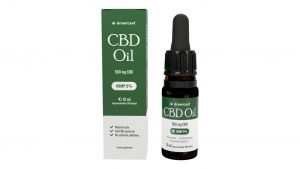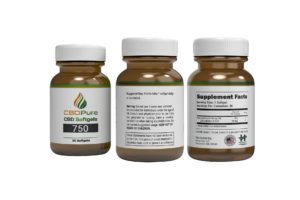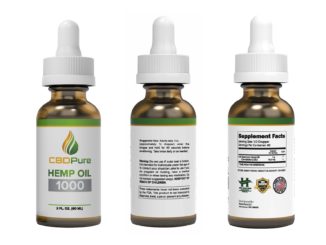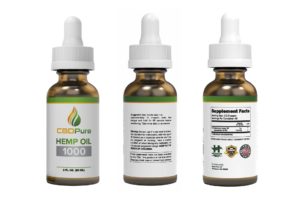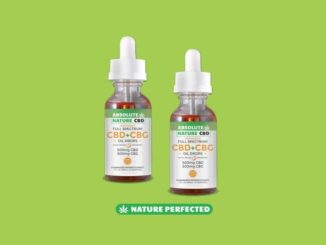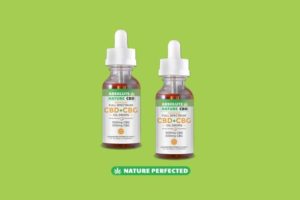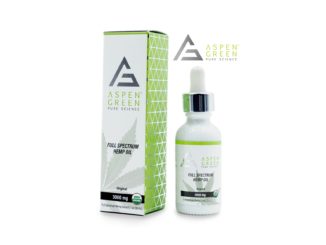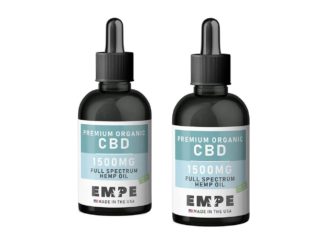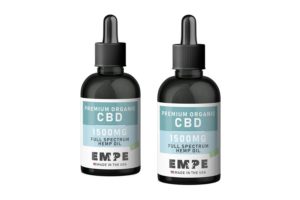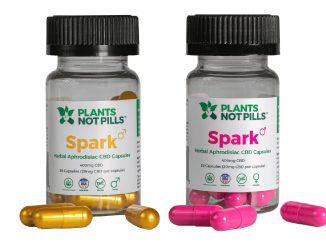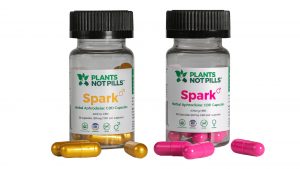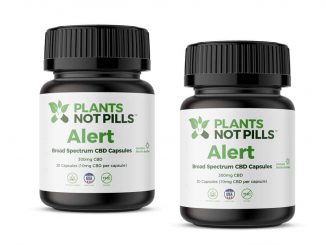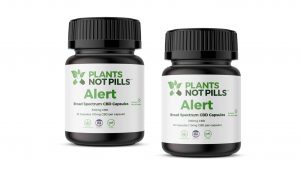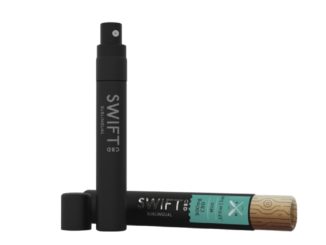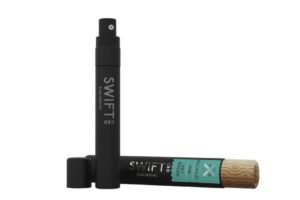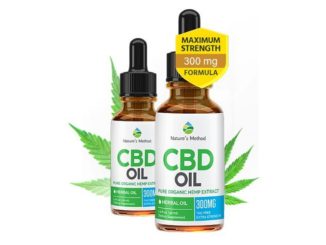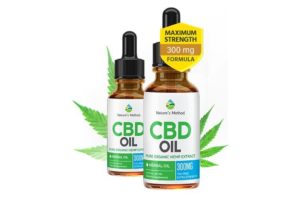The properties of Cannabinoid
Cannabinoids are chemicals found in cannabis. The most notable cannabinoid is the phytocannabinoid tetrahydrocannabinol (THC) (Delta9-THC or Delta8-THC), the primary psychoactive compound in cannabis. Cannabidiol (CBD) is another major constituent of the plant. There are at least 113 different cannabinoids isolated from cannabis, exhibiting varied effects.
- CBC (Cannabichromene) – Cannabichromene is non-psychoactive and does not affect the psychoactivity of THC. CBC acts on the TRPV1 and TRPA1 receptors, interfering with their ability to break down endocannabinoids (chemicals such as anandamide and 2-AG that the body creates naturally). CBC has shown antitumor effects in breast cancer xenoplants in mice. More common in tropical cannabis varieties.
- CBCA (Cannabichromenic Acid)
- CBCV (Cannabichromevarin)
- CBCVA (Cannabichromevarinic Acid)
- CBD (Cannabidiol) – Cannabidiol is non-psychotropic. Cannabidiol has little affinity for CB1 and CB2 receptors but acts as an indirect antagonist of cannabinoid agonists. It may play a role in promoting sleep and suppressing arousal. CBD shares a precursor with THC and is the main cannabinoid in CBD-dominant Cannabis strains. CBD has been shown to play a role in preventing the short-term memory loss associated with THC.
- CBDA (Cannabidiolic acid)
- CBDV (Cannabidivarin) – Although cannabidivarin is usually a minor constituent of the cannabinoid profile, enhanced levels of CBDV have been reported in feral cannabis plants from the northwest Himalayas, and in hashish from Nepal.
- CBDVA (Cannabidivarinic Acid)
- CBE (Cannabielsoin)
- CBG (Cannabigerol) – Cannabigerol is non-psychoactive but still contributes to the overall effects of Cannabis.
- CBGA (Cannabigerolic Acid)
- CBGM (Cannabigerol Monomethyl Ether)
- CBGV (Cannabigerivarin)
- CBL (Cannabicyclol)
- CBN (Cannabinol) – Cannabinol is the primary product of THC degradation, and there is usually little of it in a fresh plant. CBN content increases as THC degrades in storage, and with exposure to light and air. It is only mildly psychoactive. Its affinity to the CB2 receptor is higher than for the CB1 receptor.
- CBT (Cannabicitran)
- CBV (Cannabivarin)
- THC (Tetrahydrocannabinol)
- THCA (Tetrahydrocannabinolic acid)
- THCV (Tetrahydrocannabivarin) – Tetrahydrocannabivarin is prevalent in certain central Asian and southern African strains of Cannabis. It is an antagonist of THC at CB1 receptors and lessens the psychoactive effects of THC.
Medical uses include the treatment of nausea due to chemotherapy, spasticity, and possibly neuropathic pain. Common side effects include dizziness, sedation, confusion, dissociation and “feeling high”.
Cannabinoids can be administered by smoking, vaporizing, oral ingestion, transdermal patch, intravenous injection, sublingual absorption, or rectal suppository. Once in the body, most cannabinoids are metabolized in the liver.



























































